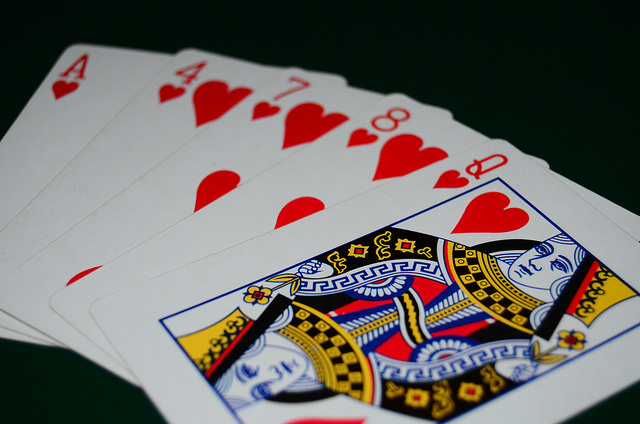
Ever go to a friend’s place to play Texas Hold’em, only to find that you knew less about this form of entertainment than you thought you did?
While the game is simple on the surface, there are elements of strategy that you can use to win more money than others over the long run.
After feeling like you had been outclassed, you are determined to improve your game to the point where you will be the one running the table in the future.
While this article will share our insights on how to become a winner at poker, there are many other articles out there on the web where you can continue your learning. Go have a peek, but don’t forget to come back to read this blog!
That being said, let’s get into the details of profitable play below, so you can have more fun in future games…
1) Fold more often
The #1 mistake that recreational poker players make is that they play too many hands, and they take them too far.
This mistake is compounded when they call with a hand in early position, get raised by a player in late position, and then they call it, sometimes without the proper odds.
At this point, you are taking a hand like J7 to the post-flop streets when you’ll always act first and even if you flop top pair, you’ll be dominated if your opponent holds JT, JQ, JK, JA.
Effectively, you’ll need to flop two pair or better to win any significant amount of money in these scenarios, an event that happens about 2.5% of the time. By folding mediocre hands (especially in early position), you’ll ensure that you’ll have a much better chance to win when you do enter the pot.
When you are three spots off the button or further, play a tight range of 66-AA, AJ+, KQ, and always enter the pot for a raise of at least x3 the big blind.
2) Open a wider range in position
As mentioned in the last point, any hand you play should be opened for a raise, but ranges of hands played in early positions should be tight, as those calling behind will have a similarly tight range.
You can loosen up a bit when it folds to you in the Hijack (two off the Button), Cutoff (one off the Button), or on the Button. Starting out, 22-AA, A2-AK suited, A7-AK offsuit, all broadways (JT+), and some suited connectors (54 suited and better) are hands you can experiment with.
The reason you can play a wider range in later positions is that there are fewer players behind, greatly reducing the chance that they have anything decent. Not only that, but two of the players behind are in the blinds, ensuring they will play every post flop street against you at a positional disadvantage.
You’ll get to act last every time, allowing to compile info on what your opponent has. This makes it easier to steal pots when you don’t have the best hand, as an opponent checking to you with Ace High may not realize that you only have Jack High when you bet into them on the flop.
3) Bet or raise when you think you have the best hand
The primary goal of poker is to extract the maximum amount of chips/money from our opponent when we have the best hand.
Nervous that their opponent will fold if they show any scary aggression, recreational players are often content to merely check and call any bets their opponents make.
You’ll win at showdown often when you do this (and sometimes you’ll get outdrawn, making it important to be the aggressor), but you won’t win nearly as much than if you were to raise or take the betting lead.
If they fold, they had no pair or draws to chase. If they have a pair, they’ll often call you to keep you honest, and they will chase draws.
Finally, if they have a strong (but second-best) hand, they will often re-raise, allowing you to get the rest of your chips in and win a huge pot the majority of the time.